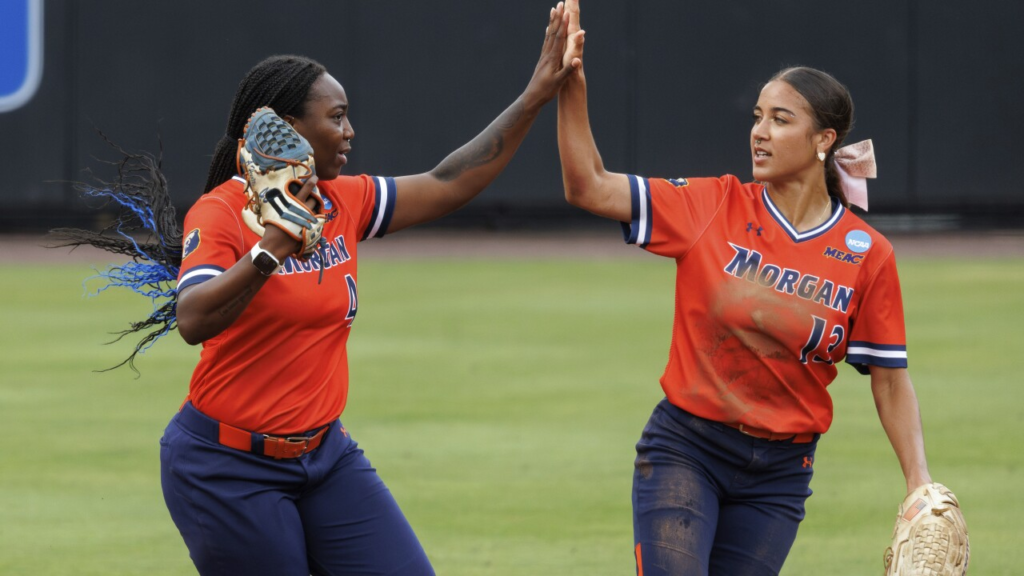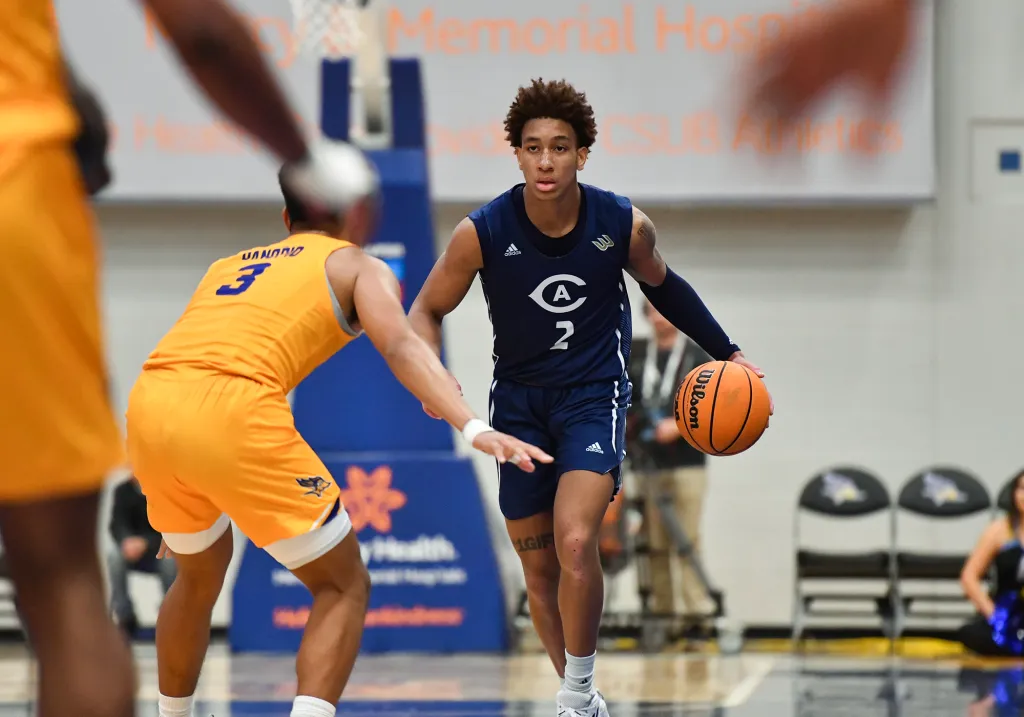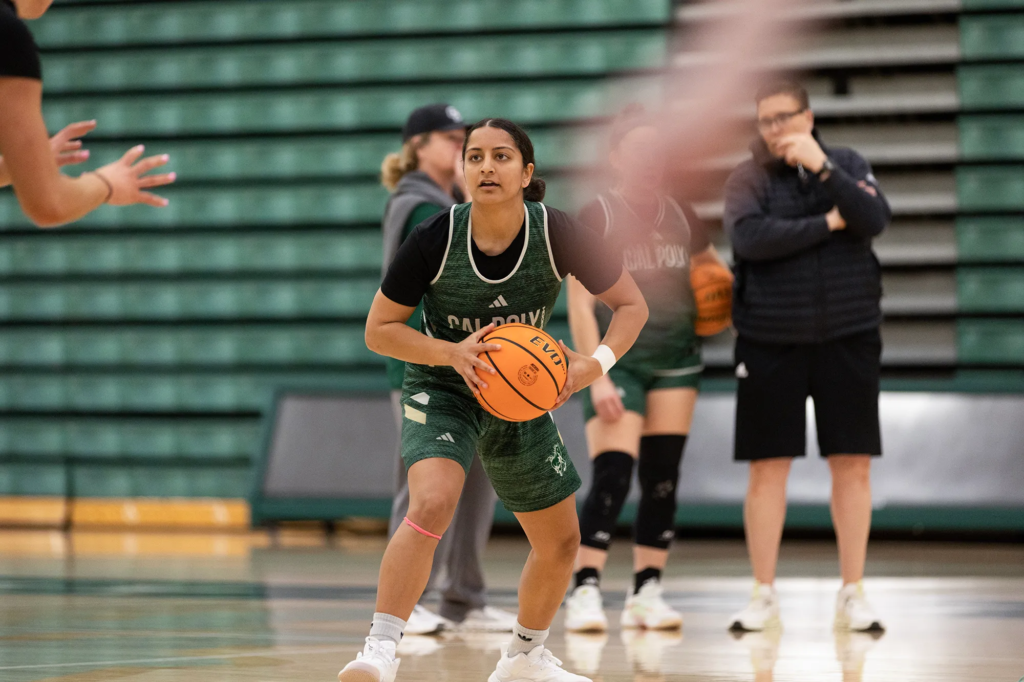The landscape of college athletics in the United States is changing faster than many expected. Efforts to limit or control payments to college athletes have repeatedly failed, and lawmakers, athletic officials, and universities are quickly running out of options. In a world where billion-dollar TV deals and endorsement opportunities dominate college sports, attempts to restore the traditional amateur model have proven nearly impossible.
Over the last few years, the introduction of NIL (Name, Image, and Likeness) rights has reshaped how student-athletes interact with money. Once limited to scholarships and basic benefits, today’s athletes can now sign deals with major brands, promote products online, and earn income without losing eligibility. While critics argue this has damaged fairness and education in sports, the truth is clear: the old system is not coming back.
Despite multiple attempts at regulation and court challenges, the momentum behind athlete compensation continues to grow. Today, there is only one viable path forward creating a unified national system that embraces these changes while offering structure, transparency, and fairness.
A New Era of College Athlete Payments
The shift began in 2021, when the NCAA suspended its long-standing rules that barred athletes from making money off their name, image, and likeness. That decision came after a series of legal battles and increasing pressure from state governments that passed their own NIL laws. Suddenly, student-athletes were able to sign endorsement deals, monetize social media, and accept sponsorships something that had been forbidden for decades.
Within months, athletes at major programs were making thousands or even millions of dollars through partnerships with companies in sports apparel, food, automotive, and digital media. Some athletes created personal brands and launched businesses. Others joined NIL collectives organized by boosters to fund player payments. The result was a booming new economy inside college sports.
While fans and universities embraced the change, others sounded the alarm. Concerns about competitive imbalance, recruiting corruption, and the loss of academic focus led to a wave of proposals aimed at limiting NIL power.

Why Legal Challenges Keep Failing
Many of the efforts to restrict athlete compensation have run into serious legal trouble. Courts have consistently ruled that limiting a student-athlete’s ability to earn income is a violation of antitrust laws. In the 2021 NCAA v. Alston case, the Supreme Court unanimously sided with athletes, stating the NCAA could not restrict education-related benefits like laptops, internships, or postgraduate scholarships.
That ruling opened the door to even broader challenges. Any attempt to cap or control NIL earnings is now at risk of being overturned in court. Legal experts argue that as long as universities and athletic conferences are making money, athletes must have the same right under U.S. law.
In short, the courts have made it clear: student-athletes are not amateurs in the traditional sense anymore. They are contributors to a billion-dollar industry, and efforts to silence their earning power simply do not stand up in modern legal systems.
State Laws and Federal Inaction Create Confusion
Adding to the chaos, different states have created their own NIL laws, leading to a patchwork of conflicting rules. Some states encourage schools to assist athletes with deals. Others restrict school involvement. The result is competitive imbalance across the country.
For example, a football player at a Texas university might have access to more NIL opportunities than a similar athlete in Oregon or Connecticut, simply because of state law. This puts schools in tough positions trying to follow local rules while competing on a national level.
The lack of a federal NIL law is one of the biggest problems. Congress has introduced several bills to create uniform rules, but none have passed. Political disagreements over the role of the NCAA, labor rights, and government oversight continue to stall action.
As a result, athletes, schools, and sponsors are operating in a legal gray area, with little guidance or protection. Fraud, unfair contracts, and exploitation are real risks. Yet even in this chaotic environment, attempts to reverse the changes have made no progress.

The NCAA’s Limited Power
The NCAA has attempted to set clearer guidelines, but its authority is shrinking. After years of legal defeats and public backlash, the NCAA now operates more like a suggestion board than an enforcement agency.
Its recent efforts to regulate NIL collectives and crack down on pay-for-play deals have had little impact. Athletes and schools are often unwilling to cooperate, and the NCAA’s credibility has taken repeated hits.
Without federal backing or legal protection, the NCAA cannot enforce national rules. This makes it harder to ensure fairness across conferences and sports, especially when recruiting and media deals are at stake.
The Only Way Forward: Regulation, Not Reversal
With all past efforts to ban or limit college athlete payments failing, the only realistic path is forward not backward. That means embracing athlete compensation as a permanent part of college sports and finding smart, fair ways to manage it.
A national regulatory system is urgently needed. Such a system could include:
- Uniform NIL contract guidelines
- Agent and collective registration
- Tax and financial education for athletes
- Minimum health and academic standards
- Transparency on earnings and partnerships
Rather than trying to suppress athlete income, regulators should focus on creating guardrails that protect students and ensure competitive integrity. Just like professional leagues have salary caps and agents’ unions, college sports now need a similar structure.
Public Support Shifts Toward Athletes
Another reason attempts to block payments are failing is that public opinion is firmly on the side of athletes. Surveys show that most Americans now support student-athletes earning income from endorsements or media deals.
The idea that schools and coaches can earn millions while players receive nothing is increasingly seen as unfair. Social media has amplified athlete voices, giving them platforms to share stories, promote causes, and build fan bases.
This cultural shift has made it politically difficult to roll back NIL rights. Lawmakers who oppose athlete compensation risk appearing out of touch or anti-student. Even conservative states that once resisted NIL reforms have now embraced them, recognizing the recruiting advantage and revenue potential.
Looking Ahead: College Sports at a Crossroads
College sports are in the middle of a major transition. The model of unpaid student-athletes competing under strict rules is quickly disappearing. The rise of NIL, collectives, and media partnerships means athletes are now valuable economic players.

Attempts to stop this progress have failed in the courts, in Congress, and among the public. Rather than resist the tide, the NCAA, universities, and lawmakers must work together to create a new framework that reflects today’s reality.
Only then can the system protect students, maintain fair play, and ensure that college sports remain one of America’s greatest traditions.
Conclusion
The debate over college athlete payments is no longer about “if” but “how.” Every serious attempt to stop or slow compensation has collapsed under legal, political, and cultural pressure. With so many interests at stake — from athletes’ futures to school revenues — the only way forward is regulation, not restriction.
As student-athletes step into this new era, the responsibility now falls on leaders to craft rules that honor both the spirit of education and the realities of modern sports economics.
Read more – Amazon Same-Day Delivery Expansion Boosts Speed Across U.S.






